Humankind could one day fly to Mars — on a nuclear thermal rocket. NASA and the Defense Advanced Research Projects Agency (DARPA) this week announced a collaboration to demonstrate such a rocket engine in space by 2027.
Believing the project will be an enabling capability for NASA crewed missions to Mars, the partnership have launched the Demonstration Rocket for Agile Cislunar Operations, or DRACO, program. They explain that using a nuclear thermal rocket allows for faster transit time, reducing risk for astronauts.
Reducing transit time is a key component for human missions to Mars, as longer trips require more supplies and more robust systems. Maturing faster, more efficient transportation technology will help NASA meet its Moon to Mars Objectives, they say.
The last nuclear thermal rocket engine tests conducted by the United States occurred more than 50 years ago under NASA’s Nuclear Engine for Rocket Vehicle Application and Rover projects.
“NASA will work with our long-term partner, DARPA, to develop and demonstrate advanced nuclear thermal propulsion technology as soon as 2027,” explains NASA Administrator Bill Nelson. “With the help of this new technology, astronauts could journey to and from deep space faster than ever – a major capability to prepare for crewed missions to Mars.
“Congratulations to both NASA and DARPA on this exciting investment, as we ignite the future, together,” he adds.
Other benefits to space travel include increased science payload capacity and higher power for instrumentation and communication.
In a nuclear thermal rocket engine, a fission reactor is used to generate extremely high temperatures. The engine transfers the heat produced by the reactor to a liquid propellant, which is expanded and exhausted through a nozzle to propel the spacecraft. Nuclear thermal rockets can be three or more times more efficient than conventional chemical propulsion.
“NASA has a long history of collaborating with DARPA on projects that enable our respective missions, such as in-space servicing,” says NASA Deputy Administrator Pam Melroy. “Expanding our partnership to nuclear propulsion will help drive forward NASA’s goal to send humans to Mars.”
Under the agreement, NASA’s Space Technology Mission Directorate (STMD) will lead technical development of the nuclear thermal engine to be integrated with DARPA’s experimental spacecraft.
DARPA is acting as the contracting authority for the development of the entire stage and the engine, which includes the reactor. They will lead the overall program including rocket systems integration and procurement, approvals, scheduling, and security, cover safety and liability, and ensure overall assembly and integration of the engine with the spacecraft.
Over the course of the development, NASA and DARPA will collaborate on assembly of the engine before the in-space demonstration as early as 2027.
DARPA director Dr. Stefanie Tompkins commented: “DARPA and NASA have a long history of fruitful collaboration in advancing technologies for our respective goals, from the Saturn V rocket that took humans to the Moon for the first time to robotic servicing and refueling of satellites.
“The space domain is critical to modern commerce, scientific discovery, and national security,” she adds. “The ability to accomplish leap-ahead advances in space technology through the DRACO nuclear thermal rocket program will be essential for more efficiently and quickly transporting material to the Moon and eventually, people to Mars.”
Report by Dean Murray, South West News Service
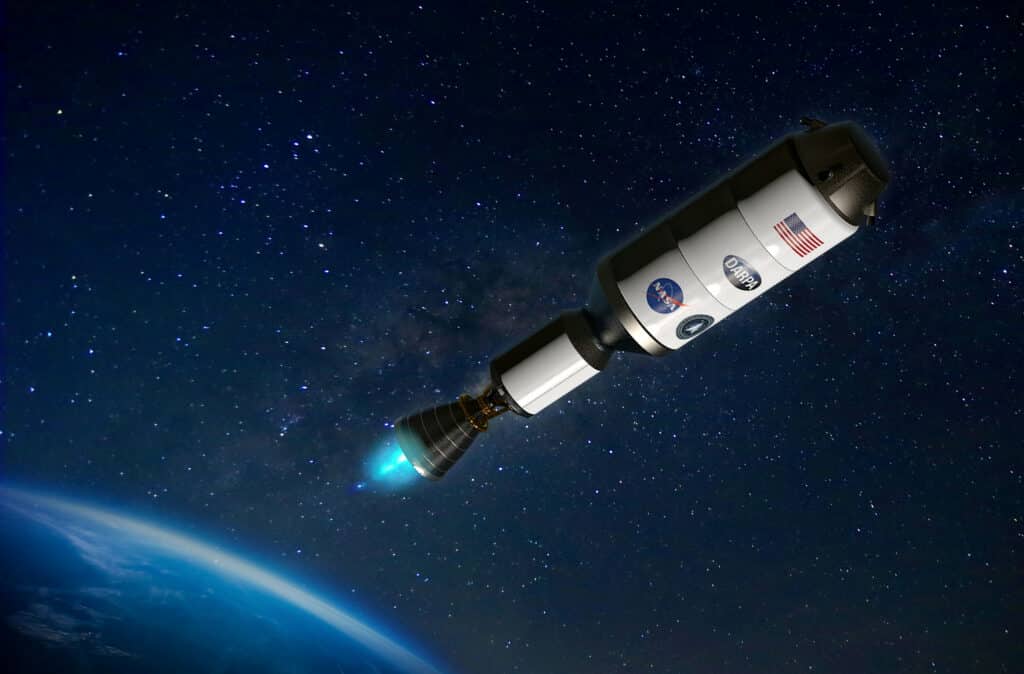


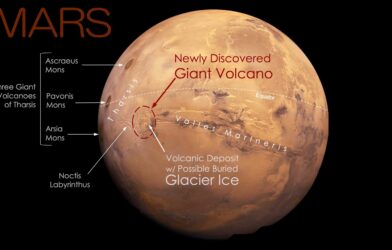
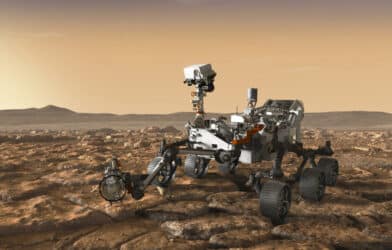
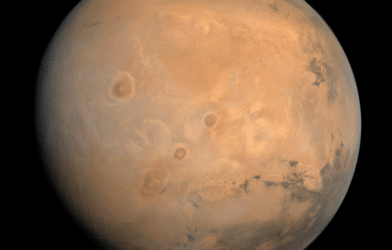
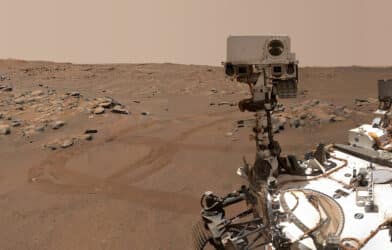






If NASA had continued with the testing 50 years ago, they would have had nuclear propulsion by now. Fear drove them to give it up and fear may again do the same, at least in the US.